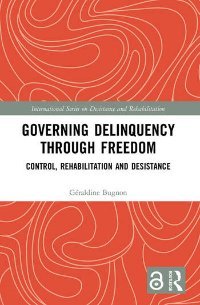By Saša Milojević, Branislav Simonović, Bojan Janković, Božidar Otašević, and Veljko Turanjanin
Violence and supporters’ behaviour at sports events in the region have been subject to innumerable newspaper articles, TV reports, including several sociological studies. Despite this, public hunger for information about extreme supporters and their behaviour (considered provocative by the public) and numerous explanations of the phenomenon are certainly not definitive. Each new fan incident only further amplifies the interest in this matter and replicates attempts to finally answer numerous intriguing questions raised in this regard. Over the past years, the Republic of Serbia has doubtless faced hooliganism at sports events. This phenomenon is developing both in qualitative and quantitative terms, and will persist in future as well. In addition to poor quality of the game and the visibly lower standard of living, the fact that fan incidents have become much more frequent and serious has also affected the diminished interest in sports and dissuaded many fans from visiting sports arenas. In contrast, it seems at first sight that the crisis of the sports public has affected the least the grandstands reserved for extreme fans. Some young people, who otherwise would not be directly interested in watching matches, consider the behaviour of extreme fan groups attractive and exciting. It is exactly such behaviour that attracts them to sports premises. All this has brought about the formation of an aggressive subculture of violent fan groups and constant provocation of incidents as the arrival at a sports event is not motivated by club support, but by the desire to manifest violence and vent negative emotions. Solving the problem of hooliganism at sports events is not an easy and simple task. Hooliganism at sports events may be reduced to a socially acceptable degree with the implementation of quality security assessments of the risk of incidents, by monitoring extreme fans and pre-empting their intentions, isolating them, performing efficient intervention, and by ensuring coordinated cooperation among government authorities, sports organisations and clubs, educational institutions and the media. In tackling violence at sports events, repressive measures should not be entirely disregarded, on the contrary. However, a proactive police approach and preventive measures should be given priority. Such an approach enables mingling of different, opposing fan groups, and need not result in conflicts and violence. Namely, fans may together support their favourite club and establish good, or at least satisfactory mutual relations.
Belgrade: ОSCE Organisation for Security and Co-operation in Europe, 2013. 264p.





















